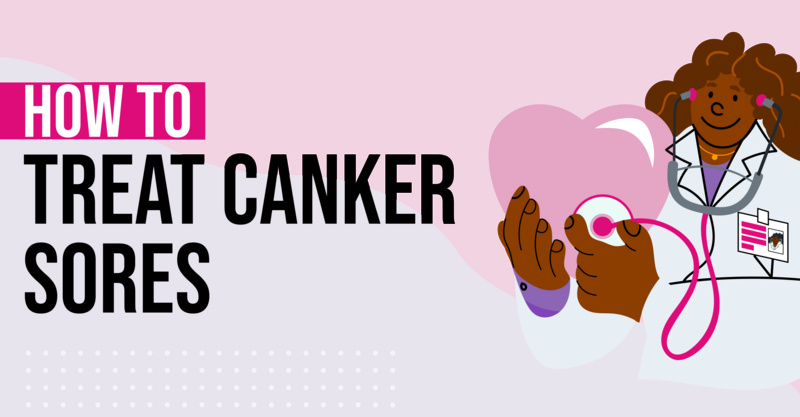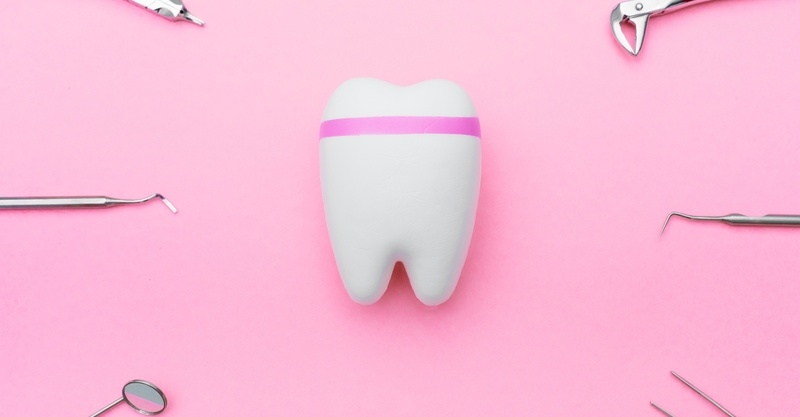Key Points
- Wisdom teeth, often the last to emerge, may need extraction due to space constraints, bite misalignment, or gum infections around partially emerged or impacted teeth.
- The extraction process is performed by dental professionals and involves making an incision in the gum, detaching the tooth from the bone, and removing the tooth using dental instruments.
- Post-extraction, the gum sockets are cleaned, disinfected, and stitched up, with potential risks including dry sockets, nerve damage, blood vessel damage, and anesthesia reactions.
- After the procedure, patients should avoid brushing, flossing, spitting, or rinsing for the first day, and use gauze to help clot formation.
- Pain and swelling post-procedure can be managed with over-the-counter or prescription painkillers and ice packs.
3 Reasons You Would Need Wisdom Teeth Extraction
1. No Room
Wisdom teeth are always the last teeth to erupt. An overcrowded mouth can cause wisdom teeth to remain fully or partially stuck in the gums and bone tissue after all other teeth have grown in. People who have small jaws may also not have enough room to allow for the eruption and growth of wisdom teeth.[1]
2. Misaligned Bite
An erupting wisdom tooth may push on the tooth next to it as it tries erupting out of the gums. That tooth may push on the one next to it to create more room for the wisdom tooth. This domino effect can eventually cause a misaligned bite and problems with biting, chewing and talking.[1]
3. Pericoronitis
Pericoronitis is the swelling and infection of the gums around wisdom teeth that have partially erupted or not at all.[2] Pericoronitis occurs when a partially erupted wisdom tooth creates a flap of gum tissue that traps food particles and other debris.[1] Symptoms of pericoronitis may include painful, swollen gums near wisdom teeth, discharge of pus, unpleasant smell or taste in the mouth, swollen lymph nodes, jaw spasms, and difficulty breathing and/or swallowing.[2]
Understanding Wisdom Teeth Extraction
Wisdom teeth, also known as third molars, usually start to erupt in young adults between the ages of 17 and 21.[3] Most people do not have enough room in their mouths for these 4 additional teeth and end up having them extracted.
When wisdom teeth are left inside the gums or erupt only part of the way, pockets can develop in the gums around wisdom teeth to collect food debris and bacteria. This increases the risk of plaque buildup, decay, and infection.[4] Having wisdom teeth extracted can reduce these risks and keep the teeth, gums, and mouth healthy.
Risks of Wisdom Teeth Extraction
The risks of wisdom tooth extraction are the same as those for any other tooth extraction. Blood clots inside tooth sockets can fall out following extraction, which can cause dry sockets. Dry sockets can expose bones and nerves to the air to cause pain and delayed healing.[5] Nerves and blood vessels may also be damaged during wisdom tooth extraction to cause bleeding, temporary numbness in the tongue and/or face, and infection.[6]
Other risks involved with wisdom tooth extraction include fractures caused by dental instruments, damage to restorations and other teeth, and reactions to local anesthesia and medicines used during the procedure.[7]
What to Expect with Wisdom Teeth Extraction
Wisdom tooth extraction may be performed by a dentist, oral surgeon, or periodontist at a hospital or dental clinic.[7] Wisdom teeth are usually removed under local anesthesia to prevent you from feeling pain in the gums and mouth, though general anesthesia may be used in more complex cases that involve the extraction of several teeth.[6]
First, the dentist will make an incision in the gum tissue covering the wisdom tooth and detach the connective tissue between the tooth and bone. Then, an instrument called an elevator is used to loosen the tooth in the gum to make for easier extraction.[6] Forceps may be used to pull the tooth up and out of the gum. Wisdom teeth that are difficult to remove using forceps may be cut into several pieces before being extracted.[3]
After the wisdom teeth are removed, your dentist will clean and disinfect the gum sockets before closing them with sutures.[6] Your cheeks and gums may be swollen and painful for the first few days following wisdom teeth extraction. Pain and discomfort are normal and can be relieved using over-the-counter or prescription painkillers, as well as an ice pack.[8]
For the first 24 hours after wisdom tooth extraction, your dentist may instruct you not to brush, floss, spit or rinse your mouth.[8] You may also be instructed to keep gauze in your mouth to stop bleeding and help blood clots form inside the sockets, and be provided with a plastic syringe that can be filled with water or a medicated solution. The syringe can be used to clean the area in your mouth where the wisdom teeth were removed to help reduce the risk for infection.[8]
Questions to Ask Your Doctor About Wisdom Teeth Extraction
- How many wisdom teeth will I need extracted?
- Can all my teeth be extracted at once or will I need multiple appointments?
- What type of anesthesia will I receive?
- Is keeping my wisdom teeth an option?
- What happens if I don’t have my wisdom teeth removed?
- What can I do to relieve pain following my procedure?
- Which foods and drinks should I avoid after wisdom teeth extraction?
- How long will it take for you to remove my wisdom teeth?
- Which side effects can I expect from wisdom tooth extraction?
- Am I at risk for any complications of wisdom teeth removal?
- How long will it take for me to recover from my procedure?
- How can I prepare for wisdom teeth extraction?
- How do I care for my sockets and sutures following wisdom tooth extraction?
- How long will it take for my wisdom teeth to fully heal?
Wisdom Teeth Extraction May Also be Known as:
- Wisdom teeth removal
- Tooth-pulling
- Tooth removal
- Tooth extraction
- Impacted wisdom teeth
- Surgical odontectomy
- Third-molar extraction
- Impacted third molars
- Oral surgery
References
Frequently asked questions
Why might wisdom teeth need to be extracted?
Wisdom teeth may need to be removed due to a lack of space in the mouth, misaligned bite, or gum infections around partially erupted or impacted wisdom teeth.Who performs wisdom teeth extractions?
Wisdom teeth extractions are typically performed by a dentist, oral surgeon, or periodontist.What does the extraction process involve?
The extraction process involves making an incision in the gum tissue, detaching the connective tissue between the tooth and bone, and using dental instruments to loosen and remove the tooth.What care should be taken post-extraction?
After extraction, patients should avoid brushing, flossing, spitting, or rinsing for the first 24 hours, use gauze to aid clot formation, and clean the extraction site with a syringe filled with water or a medicated solution.What are the potential risks of wisdom teeth extraction?
The common risks of wisdom teeth extraction include dry sockets, nerve and blood vessel damage, and reactions to anesthesia.How can post-procedure pain and swelling be managed?
Pain and swelling after the procedure can be managed with over-the-counter or prescription painkillers and ice packs.What happens to the gum sockets after the tooth is extracted?
After the tooth is extracted, the gum sockets are cleaned, disinfected, and sutured.What is pericoronitis?
Pericoronitis is a gum infection that can occur around partially erupted or impacted wisdom teeth, often necessitating their extraction.
Solv has strict sourcing guidelines and relies on peer-reviewed studies, academic research institutions, and medical associations. We avoid using tertiary references.









